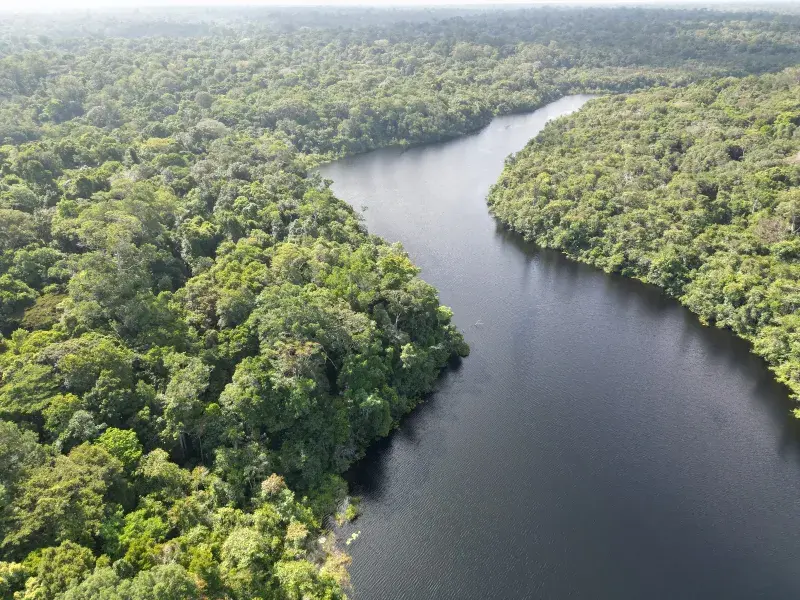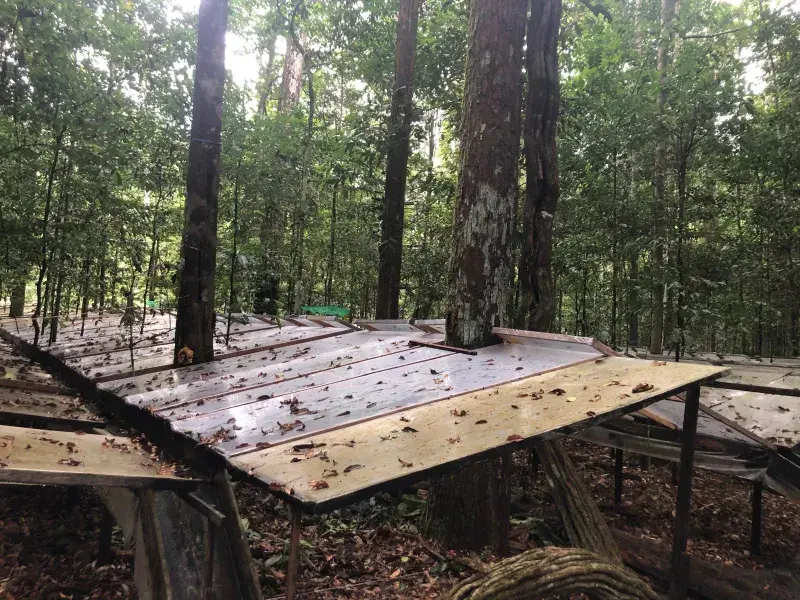The findings show that adjusting to cope with the effects of climate change could see some parts of the Amazon rainforest lose many of its largest trees.
This would release the large amount of carbon stored in these trees to the air, and reduce the rainforest’s immediate capacity to act as an important carbon sink, researchers say.
Drier climate
Parts of the Amazon are expected to become drier and warmer as the climate changes, but the long-term effects on the region’s rainforests – which span more than 2 million square miles – are poorly understood.
Previously, research has raised concerns that a combination of severe warming and drying, together with deforestation, could lead to lush rainforest degrading to a sparser forest or even savanna.
Now, findings from the world’s longest-running drought study in tropical rainforest have revealed some of the profound changes the Amazon could undergo in a drier world.
Drought effects
Over a 22-year period, a one-hectare area of rainforest in north-eastern Amazonian Brazil – roughly the size of Trafalgar Square – has been subjected to long-term drought conditions.
The experiment began in 2002, with thousands of transparent panels installed above the ground to redirect roughly half of the rainfall to a system of gutters, taking it away from the trees.
Analysis by a team co-led by Edinburgh scientists and researchers from the Federal University of Para, Brazil, shows that most of the study area’s largest trees died during the first 15 years of the experiment, after which the forest stabilised.
The team’s findings show that for the seven years after the large initial biomass losses the availability of water increased for the surviving trees. Tests on these remaining trees showed they were now no more drought-stressed than those in nearby rainforest not subjected to drought.



